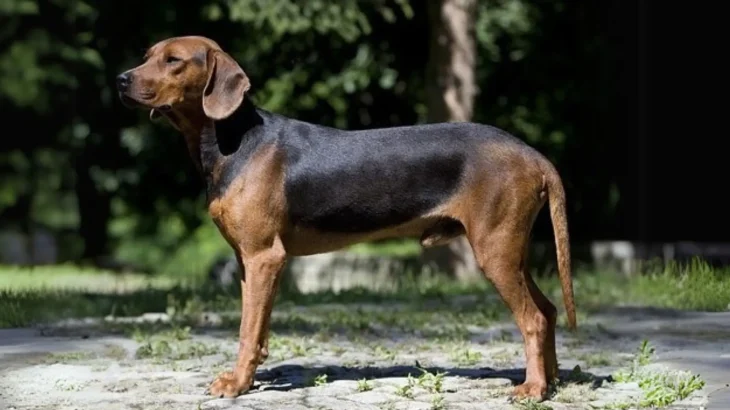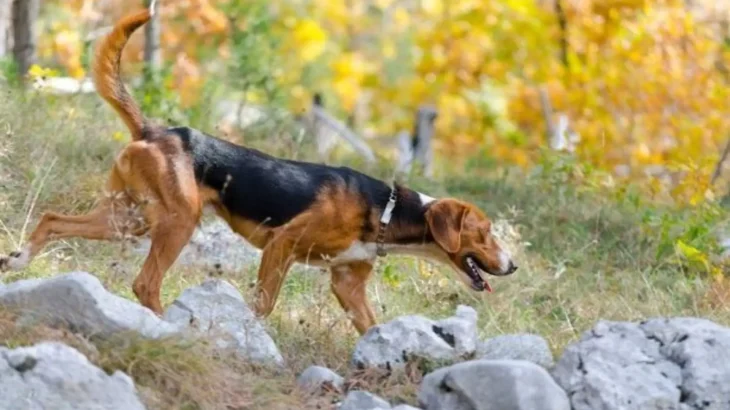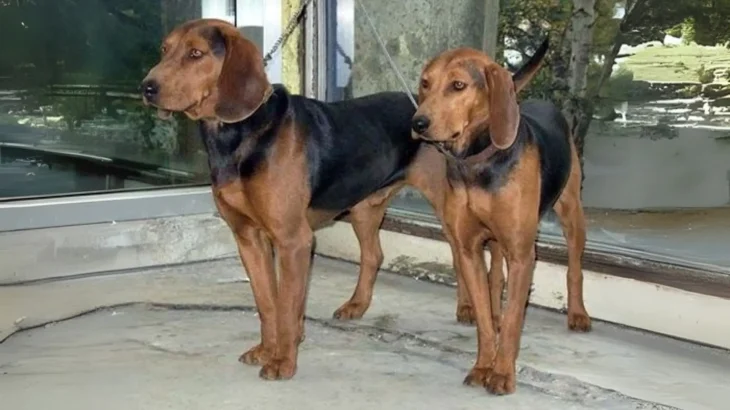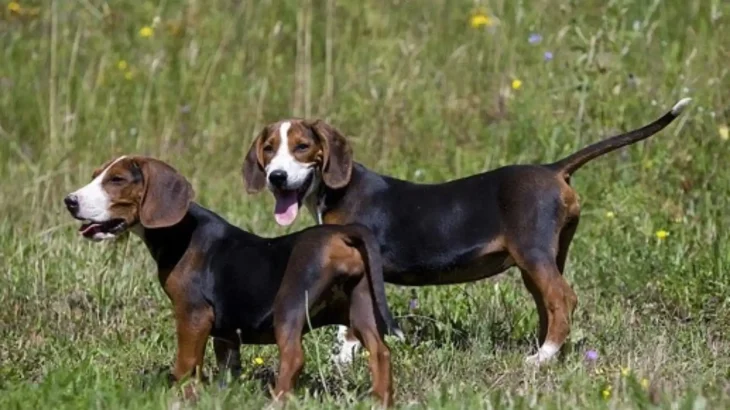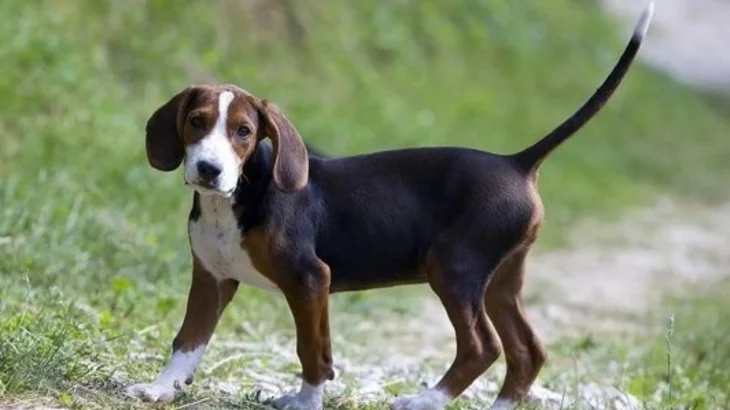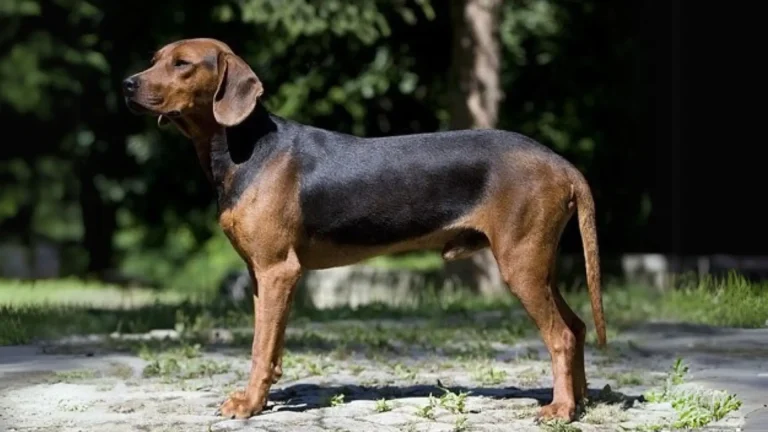When deciding whether to bring a Serbian Hound puppy into your home, the choice between adopting or purchasing is important. Buying from breeders generally offers guaranteed breed traits and health info, while adoption lets you rescue a dog in need, though background details may be limited. Both have unique benefits depending on what you value in a companion.
Here's a side-by-side look at adoption vs. buying from a breeder:
| Criteria | Buying from Breeder | Adopting from Shelter/Rescue |
|---|---|---|
| Cost | Usually higher, reflecting pedigree and breeder care. | Lower fees, more affordable. |
| Health History | Often detailed health records and genetic tests provided. | May be incomplete, but basic vet care is given. |
| Age Availability | Mostly puppies, good for early bonding. | Various ages, including adults, ideal for those avoiding puppy care. |
| Temperament Insight | Breeders can share lineage and expected traits. | Shelter staff know behavior in shelter, but past may be unknown. |
| Supporting Practices | Supports responsible breeding if breeder is ethical. | Helps animal welfare by giving a home to a dog in need. |
| Breed Purity & Pedigree | Pedigree guaranteed, important for show or breeding. | Purity may be uncertain; focus is on the dog's individual traits. |

